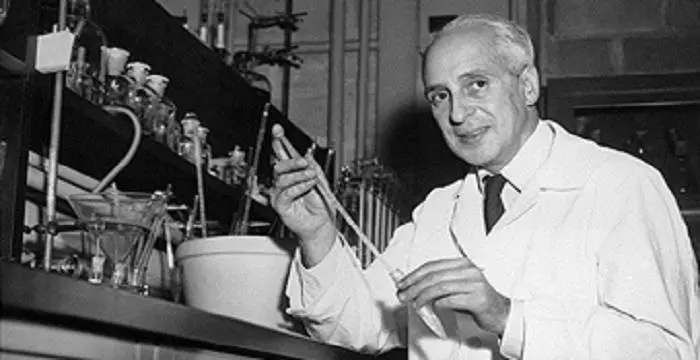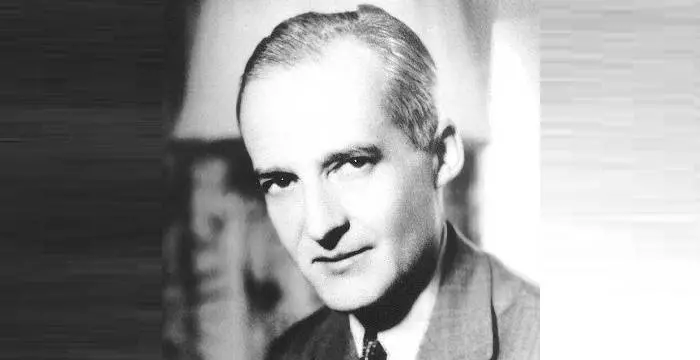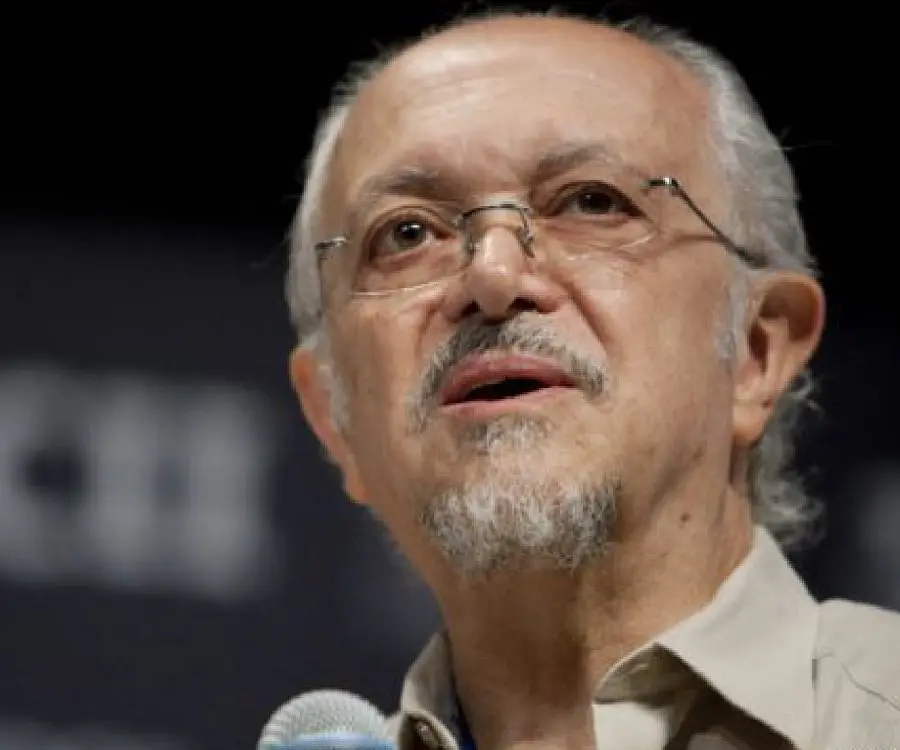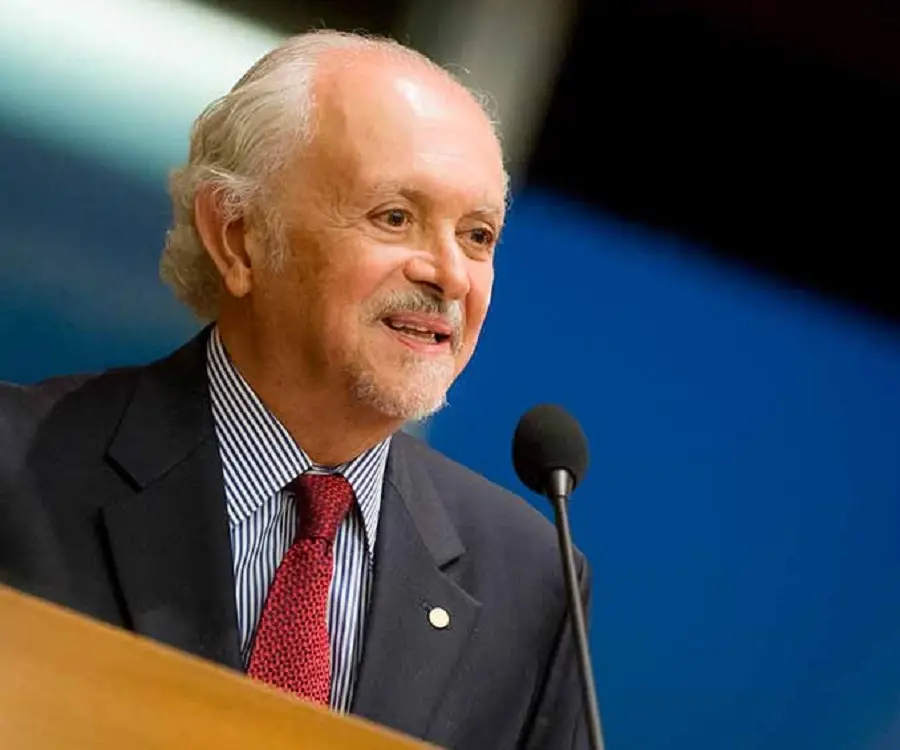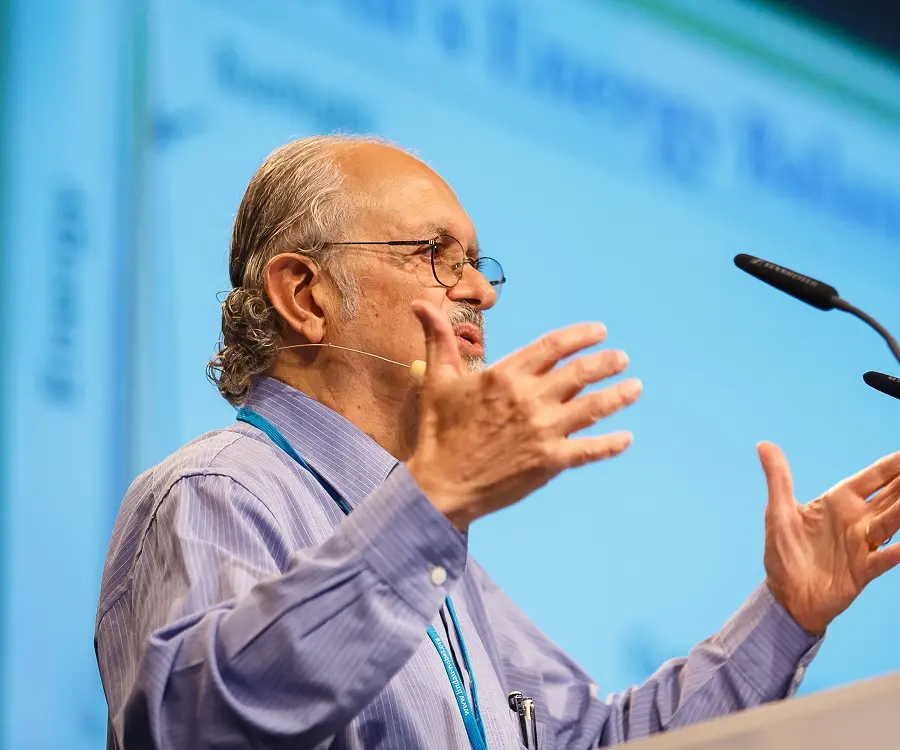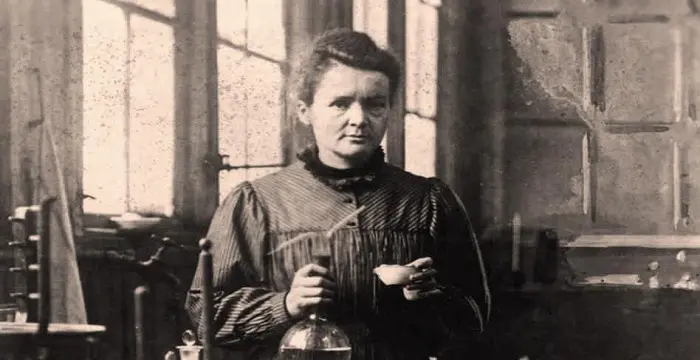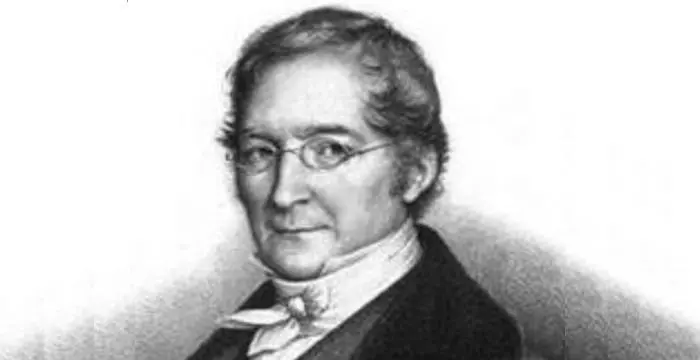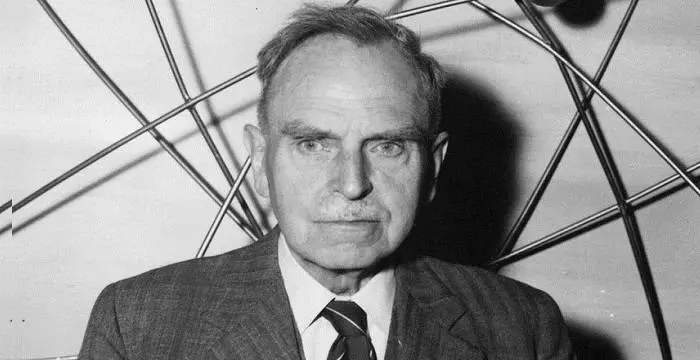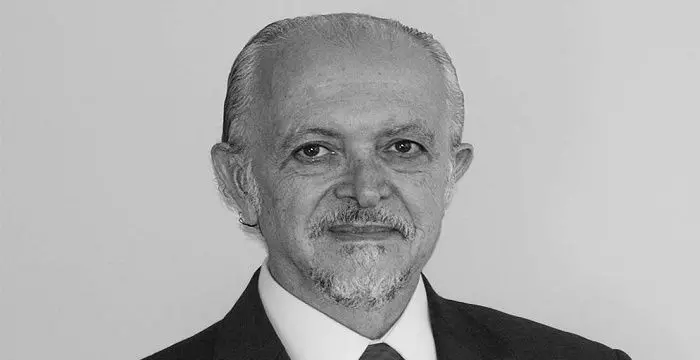
Mario J. Molina - Notable Hispanic Scientists, Family and Family
Mario J. Molina's Personal Details
Mario Molina is a Nobel Prize winning chemist from Mexico who co-developed the theory of ozone depletion due to CFCs
| Information | Detail |
|---|---|
| Birthday | March 19, 1943 |
| Nationality | Mexican |
| Famous | Hispanic Scientists, University Of California, Berkeley, Scientists, Chemists, Notable Hispanic Scientists |
| Hobbies | Recreation Hobbies, Crafts, Games |
| Known as | Mario Molina, Mario José Molina-Pasquel Henríquez |
| Universities |
|
| Notable Alumnis |
|
| Birth Place | Mexico City |
| Religion | Catholicism |
| Gender | Male |
| Father | Roberto Molina-Pasquel |
| Mother | Leonor Henríquez |
| Sun Sign | Pisces |
| Born in | Mexico City |
| Famous as | Chemist |
// Famous Notable Hispanic Scientists
Severo Ochoa
Severo Ochoa was a Spanish physician and biochemist who won the 1959 Nobel Prize in Physiology or Medicine. Check out this biography to know about his childhood, life, achievements, works & timeline.
Luis Federico Leloir
Luis Federico Leloir was an Argentinean physician and biochemist who won the Noble Prize for Chemistry in 1970. This biography provides detailed information about his childhood, life, research career, achievements and timeline.
Mario J. Molina's photo
Who is Mario J. Molina?
Mario Molina is a renowned chemist who studied the effects of man-made compounds on the atmosphere and pioneered the theory of CFC and ozone depletion. Ever since his childhood, Molina was attracted towards science and his aunt Esther who was a chemist propelled his interest by helping him with his experiments, which he conducted in a make shift laboratory set up in a bathroom of their family house. Falling in line with family’s practice of studying abroad, Mario attended school in Switzerland. The young lad was eager to visit the continent which he viewed as an opportunity to interact with students who had an aptitude for the sciences; but however he was met with disappointment. He then pursued studies which catered to his goal of becoming a physical scientist. To succeed in his endeavour, he went to the United States and enrolled in University of California, which later became central to his research work. In association with F. Sherwood Rowland he studied the chemical reactivity of CFC in the atmosphere and came up with startling conclusions. His findings suggested that the CFC’s were responsible for the corrosion of ozone layer present in the stratosphere. He was even awarded a Nobel Prize for his work in the field of environmental chemistry. To know more about his life and works read on.
// Famous Hispanic Scientists
Severo Ochoa
Severo Ochoa was a Spanish physician and biochemist who won the 1959 Nobel Prize in Physiology or Medicine. Check out this biography to know about his childhood, life, achievements, works & timeline.
Luis Federico Leloir
Luis Federico Leloir was an Argentinean physician and biochemist who won the Noble Prize for Chemistry in 1970. This biography provides detailed information about his childhood, life, research career, achievements and timeline.
Childhood & Early Life
Mario J. Molina was the son of diplomat father Roberto Molina Pasquel and mother Leonor Henríquez. Born on March 19, 1943, Mario was close to his paternal aunt Esther Molina, whose profession had an ever-lasting impression on the young kid.
A curious kid, Molina displayed an inclination towards gaining knowledge in science at an early age. Esther helped him set up a laboratory in a sparsely used bathroom of their house, in New Mexico City, and encouraged him to observe things around him.
He received elementary education from schools in his native city and at the tender age of eleven attended the ‘Institut auf dem Rosenberg’ in Switzerland. It was customary in Molina’s family for kids to study abroad for a brief duration of time and Molina complied with the tradition.
After returning to Mexico, he pursued chemical engineering from the ‘National Autonomous University of Mexico’. He successfully completed his bachelor’s degree from the institute in the year 1965.
Following the completion of his undergraduate studies, the aspiring chemist pursued further studies from the ‘University of Freiburg’. At the institute he investigated the kinetic rates of polymerization reactions during his post graduation, which he completed in 1967.
Though Mario’s knowledge in chemistry was sound, he was lacking adequate know how of subjects like quantum mechanics essential to pursue a career as physical chemist. Thus he decided to study further in North America, where the curriculum allowed students of chemistry to pursue mathematics- oriented subjects.
After spending some time in Paris, Molina moved to Berkeley and enrolled at the ‘University of California’ in 1968. There he spent his first year studying subjects on advanced physical chemistry along with physics and mathematics.
Career
He was inducted into the research group headed by member of faculty George C. Pimentel. Under the tutelage of the professor he applied chemical lasers to understand how internal energy was distributed in the products formed during several chemical and photochemical reactions.
He was awarded a doctoral degree in chemistry by the University of California in 1972. The following year he moved Irvine and assisted F. Sherwood Rowland in his research catering to chemistry of “hot atoms”.
During the course of experiments they conducted to understand the properties of atoms that were formed as a result of radioactive process and possessed excessive translational energy, Mario was assigned the task of studying inert chemicals emanated by industries and their atmospheric reactivity.
His research led him to the study of chlorofluorocarbons, which were major component of several industrial effluents released into the atmosphere. The duo of mentor and protégée observed that the CFCs once released showed very less chemical reactivity in the lower layers of atmosphere.
At higher altitudes, the CFC molecule disintegrates due to solar radiation and the resulting chlorine depletes the ozone by reacting with the atomic oxygen which forms the ozone. Thus a higher concentration of CFC in the atmosphere corrodes the protective ozone layer of the atmosphere.
Their findings were dubbed as the “CFC-ozone depletion theory” and were published in the scientific journal ‘Nature’, in 1974. The duo realized the consequences that would result if any timely action was not taken to stop CFC emissions and thus appealed several legislative bodies and strived to create awareness among general masses through news media
In 1975, in light of his contribution to the ozone depletion theory, the University recruited Molina as a member of faculty.
He then decided to take up a non-academic position at the ‘Jet Propulsion Laboratory’ of ‘Caltech’, where he was engaged in some hands on research during the 1980s.
In 1989, he accepted a teaching position at the ‘Massachusetts Institute of Technology’. He continued his research on environmental chemistry in this capacity.
The year 2004, marked his return to the ‘University of Callfornia’, San Diego, where he taught the students of ‘Department of Chemistry and Biochemistry’. He was also associated with the ‘Center for Atmospheric Sciences’ working closely with several earth scientists.
The eminent scientist is also an avid environmentalist and is associated with several organizations, such as the ‘Mario Molina Center’ and the ‘John D. and Catherine T. MacArthur Foundation’, dedicated towards conservation of environment.
He is also a member the presidential committee of the US Senate which advises the head of the state on matters of science and technology.
Major Works
Mario Molina is best known for his contribution towards the discovery of connection between CFCs and ozone depletion. It were through his efforts that several law enforcement bodies became aware of the harmful effects of these toxic industrial effluents, and legislation were laid out to prohibit the use of CFCs.
Awards & Achievements
The eminent chemist was awarded the ‘Tyler Prize for Environmental Achievement’ in 1983 for his contribution in the field of environmental chemistry.
In 1995, Molina was honoured with the Nobel Prize in Chemistry which he shared along with F. Sherwood Rowland and Paul J. Crutzen. The award was conferred upon the trio for their contribution in analysing the effects of man-made compounds on the atmosphere.
Personal Life & Legacy
Mario exchanged the nuptial vows with Luisa Y. Tan, who was a chemist herself in 1973 but the marriage culminated in divorce. The couple had a son named Felipe who is a practicing physician in Boston.
After separating from Luisa, he entered the wedlock with Guadalupe Álvarez, in 2006.
// Famous Scientists
Juliane Koepcke
Juliane Koepcke is a German-Peruvian biologist, who was the lone survivor among the 92 passengers and crew of the ill-fated LANSA Flight 508 that crashed in the Peruvian rainforest on 24 December 1971. Know more about her life in this biography.
Henry Cavendish
Henry Cavendish was a theoretical chemist and physicist, renowned for discovery of hydrogen and calculation of the mass of earth. To know more about his childhood, profile, timeline and career read on
Konstantin Tsiolkovsky
Konstantin Tsiolkovsky was a Russian rocket scientist and a pioneer of astronautics. This biography provides detailed information about his childhood, family, personal life, career, achievements, etc.
Mario J. Molina's awards
| Year | Name | Award |
|---|---|---|
Other | ||
| 0 | Volvo Environment Prize | |
| 0 | UNEP Sasakawa Prize | |
| 0 | Newcomb Cleveland Prize | |
| 0 | NASA Exceptional Scientific Achievement Medal | |
| 0 | 1995 - Nobel Prize in Chemistry | |
| 0 | Presidential Medal of Freedom | |
| 0 | Tyler Prize for Environmental Achievement | |
Mario J. Molina biography timelines
- // 19th Mar 1943Mario J. Molina was the son of diplomat father Roberto Molina Pasquel and mother Leonor Henríquez. Born on March 19, 1943, Mario was close to his paternal aunt Esther Molina, whose profession had an ever-lasting impression on the young kid.
- // 1965After returning to Mexico, he pursued chemical engineering from the ‘National Autonomous University of Mexico’. He successfully completed his bachelor’s degree from the institute in the year 1965.
- // 1967Following the completion of his undergraduate studies, the aspiring chemist pursued further studies from the ‘University of Freiburg’. At the institute he investigated the kinetic rates of polymerization reactions during his post graduation, which he completed in 1967.
- // 1968After spending some time in Paris, Molina moved to Berkeley and enrolled at the ‘University of California’ in 1968. There he spent his first year studying subjects on advanced physical chemistry along with physics and mathematics.
- // 1972He was awarded a doctoral degree in chemistry by the University of California in 1972. The following year he moved Irvine and assisted F. Sherwood Rowland in his research catering to chemistry of “hot atoms”.
- // 1973Mario exchanged the nuptial vows with Luisa Y. Tan, who was a chemist herself in 1973 but the marriage culminated in divorce. The couple had a son named Felipe who is a practicing physician in Boston.
- // 1974Their findings were dubbed as the “CFC-ozone depletion theory” and were published in the scientific journal ‘Nature’, in 1974. The duo realized the consequences that would result if any timely action was not taken to stop CFC emissions and thus appealed several legislative bodies and strived to create awareness among general masses through news media
- // 1975In 1975, in light of his contribution to the ozone depletion theory, the University recruited Molina as a member of faculty.
- // 1983The eminent chemist was awarded the ‘Tyler Prize for Environmental Achievement’ in 1983 for his contribution in the field of environmental chemistry.
- // 1989In 1989, he accepted a teaching position at the ‘Massachusetts Institute of Technology’. He continued his research on environmental chemistry in this capacity.
- // 1995In 1995, Molina was honoured with the Nobel Prize in Chemistry which he shared along with F. Sherwood Rowland and Paul J. Crutzen. The award was conferred upon the trio for their contribution in analysing the effects of man-made compounds on the atmosphere.
- // 2004The year 2004, marked his return to the ‘University of Callfornia’, San Diego, where he taught the students of ‘Department of Chemistry and Biochemistry’. He was also associated with the ‘Center for Atmospheric Sciences’ working closely with several earth scientists.
- // 2006After separating from Luisa, he entered the wedlock with Guadalupe Álvarez, in 2006.
// Famous Chemists
Henry Cavendish
Henry Cavendish was a theoretical chemist and physicist, renowned for discovery of hydrogen and calculation of the mass of earth. To know more about his childhood, profile, timeline and career read on
Walter Kohn
Nobel Laureate Walter Kohn was an Austrian-born American theoretical chemist and physicist. Check out this biography to know about his childhood, life, achievements, works & timeline.
Jabir Ibn Hayyan
Jabir Ibn Hayyan was a medieval era polymath. Check out this biography to know about his life, works and achievements.
Marie Curie
Marie Curie was a Physicist and Chemist, who was world renowned for her work on radioactivity. She also was the winner of two Nobel Prize. Read this biography to get info about her life and profile.
Amedeo Avogadro
Amedeo Avogadro was an Italian scientist who formulated what is now known as Avogadro's law. This biography of Amedeo Avogadro provides detailed information about his childhood, life, achievements, works & timeline.
Otto Hahn
Otto Hahn was a Nobel Prize winning German scientist who discovered the phenomenon of nuclear fission and the element protactinium. To know more about his childhood, career, profile and timeline read on
Mario J. Molina's FAQ
What is Mario J. Molina birthday?
Mario J. Molina was born at 1943-03-19
Where is Mario J. Molina's birth place?
Mario J. Molina was born in Mexico City
What is Mario J. Molina nationalities?
Mario J. Molina's nationalities is Mexican
What is Mario J. Molina hobbies?
Mario J. Molina's hobbies is Recreation Hobbies, Crafts, Games
What was Mario J. Molina universities?
Mario J. Molina studied at University Of California, Berkeley, University of California, Berkeley, National Autonomous University of Mexico, University of Freiburg
What was Mario J. Molina notable alumnis?
Mario J. Molina's notable alumnis is University Of California, Berkeley
What is Mario J. Molina's religion?
Mario J. Molina's religion is Catholicism
Who is Mario J. Molina's father?
Mario J. Molina's father is Roberto Molina-Pasquel
Who is Mario J. Molina's mother?
Mario J. Molina's mother is Leonor Henríquez
What is Mario J. Molina's sun sign?
Mario J. Molina is Pisces
How famous is Mario J. Molina?
Mario J. Molina is famouse as Chemist
